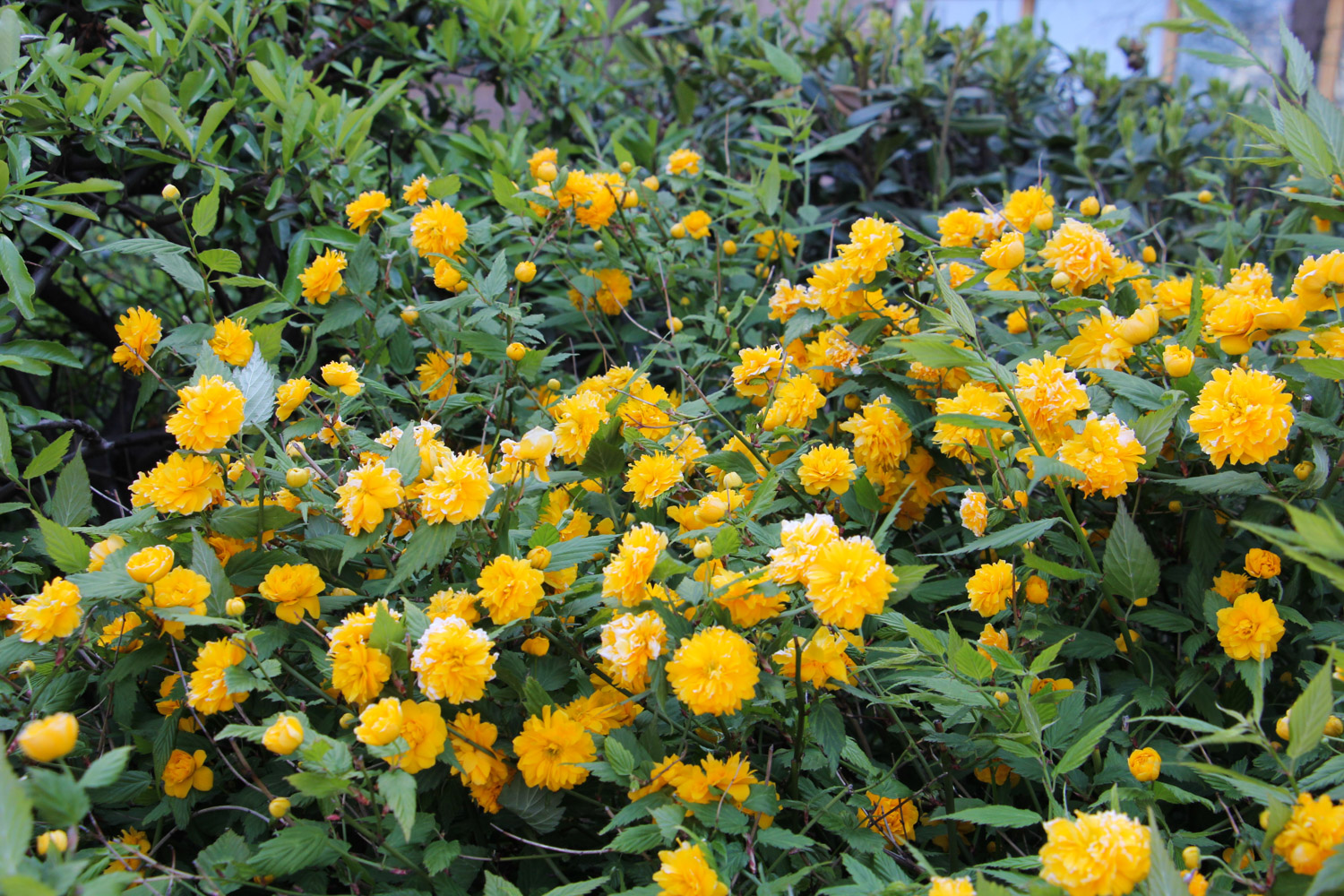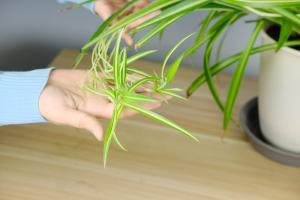Ramet propagation
Ramet propagation is often used for double petal varieties, which is carried out from falling leaves in autumn to budding in spring
For the split propagation of Begonia flower, the mother plant does not need to be dug out. Dig it directly in the soil with a knife or shovel. Separate it from the mother plant and transplant new plants. It is best that each of the separated tubers has 1-2 branches, so it is easy to survive
The mother plant left in the soil can wait until the next year to continue to separate
Cutting propagation
Cutting propagation generally cuts young branches for cutting in the plum rain season. Use the thick branches of the current year, leave half of the leaves, and the cuttings are 12-45cm long, and insert them in brown soil, mature soil or sandy soil. If they are inserted in the open ground, they should be shaded to prevent drying
In early spring, hardwood cuttings were used to cut the annual branches that did not germinate

Sowing and propagation
The sowing and propagation of Begonia flower is suitable for single petal varieties. It takes about 20 days to germinate after sowing
Sowing propagation is generally used in mass propagation of single valve original seeds
After harvest, the seeds need to be stored in sandy soil at a low temperature of 5 ℃ for 1-2 months and sown in the spring of the next year
After the seeds are evenly sown in the soil, cover them with fine soil and cover them with haystacks. After emergence, put up a shed for shade to prevent sun exposure

 how many times do yo...
how many times do yo... how many planted tre...
how many planted tre... how many pine trees ...
how many pine trees ... how many pecan trees...
how many pecan trees... how many plants comp...
how many plants comp... how many plants can ...
how many plants can ... how many plants and ...
how many plants and ... how many pepper plan...
how many pepper plan...































